
Build Psychological Safety in Teams Through Code Reviews
How would you describe your experience when someone reviews your code? Many developers report this is a source of stress, conflicts, and even power and
Home » Scaled Agile Framework

How would you describe your experience when someone reviews your code? Many developers report this is a source of stress, conflicts, and even power and

SAFe 5.1 doubles down on the importance of organizing around value. SAI SAFe Fellow, Andrew Sales will cover new and updated guidance for effectively identifying Operational and Development value streams to maximize the value you’re creating for your organization and accelerate time to market.
AgileSparks SPCT Yuval Yeret will bring his experience from working with dozens of enterprise-level technology companies to share practical tips and techniques that can be used with SAFe 5.1 to combine customer-centricity and Operational Value Stream identification. These patterns have helped both ISV enterprises, as well as IT organizations, organize around value.

As a coach helping organizations become agile, I’m asked how to change the mindset of the people, how to help them see things in a

Scaling Agile Reading List Dave Snowden “Put brutally SAFe Implementation Roadmap – Scaled Agile Framework Implementing – Scaled Agile Framework portfolio+kanban Here Be Dragons –
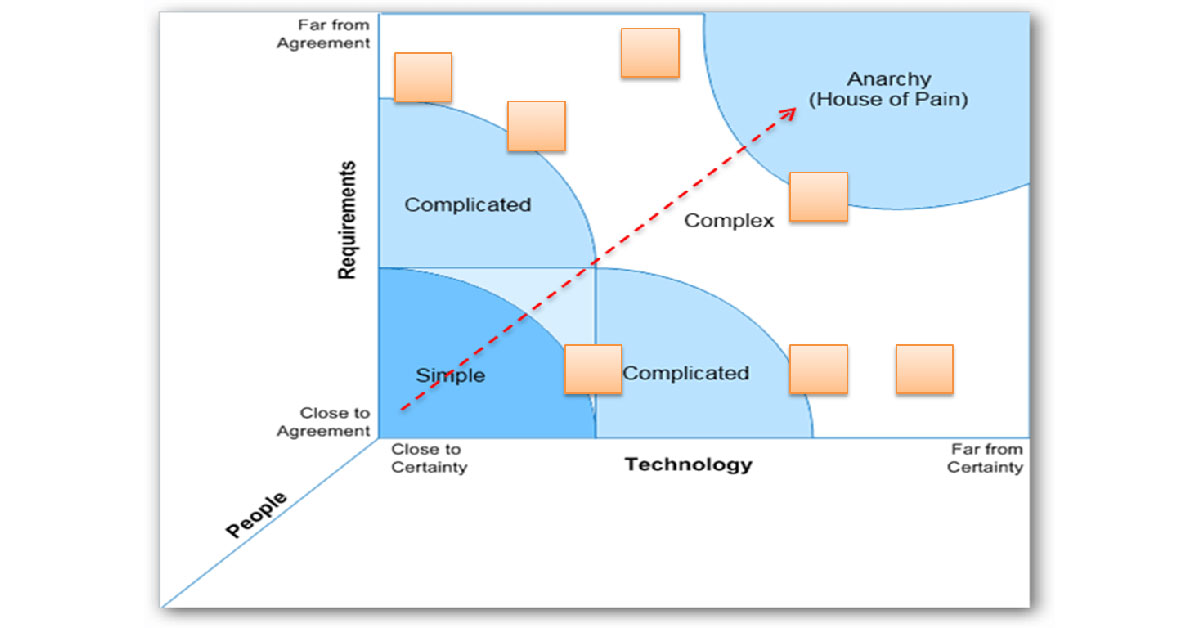
What is the connection between Uncertainty and the Scaled Agile Framework?
Uncertainty is one of the core reasons we need to be agile. Different modes of Business/Requirements/Technology uncertainties impact our economic costs in product development – especially the potential impact of risk. The first principle of SAFe™ is “Take an economic view”. I frequently use my “uncertainty filter glasses” to take an alternative economic view. I find it helps Scaled Agile/SAFe™ practitioners/leaders understand both the need for Agility as well as examine various work system design considerations. In this article, I introduce the Stacey Matrix which is one of my favorite models for understanding the uncertainty landscape as well as the implications of uncertainty on various specific SAFe™ design decisions.
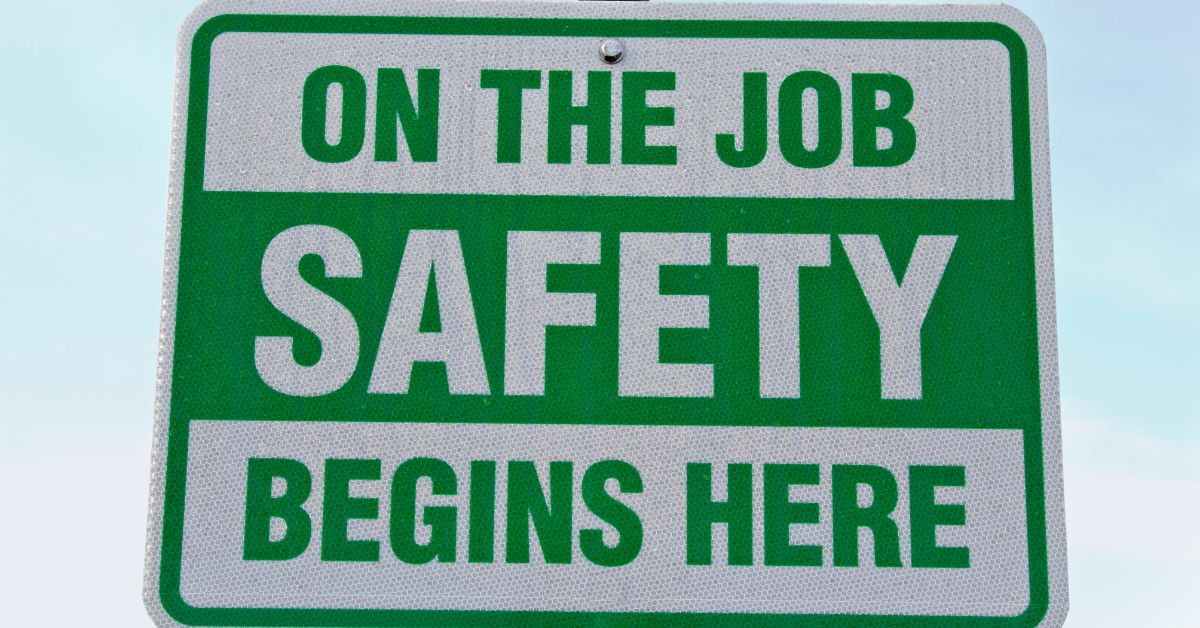
SAFe includes Scrum – so how come many Scrum practitioners and thought leaders consider it unsafe?
The Scaled Agile Framework (SAFe™) is one of the most popular approaches to applying agile at scale out there. SAFe’s perspective is that “Nothing beats an Agile Team” and it doesn’t try to reinvent the wheel or even innovate too much when it comes to the Team level. It takes advantage of established frameworks and techniques that work well – Scrum being the first and foremost of those.
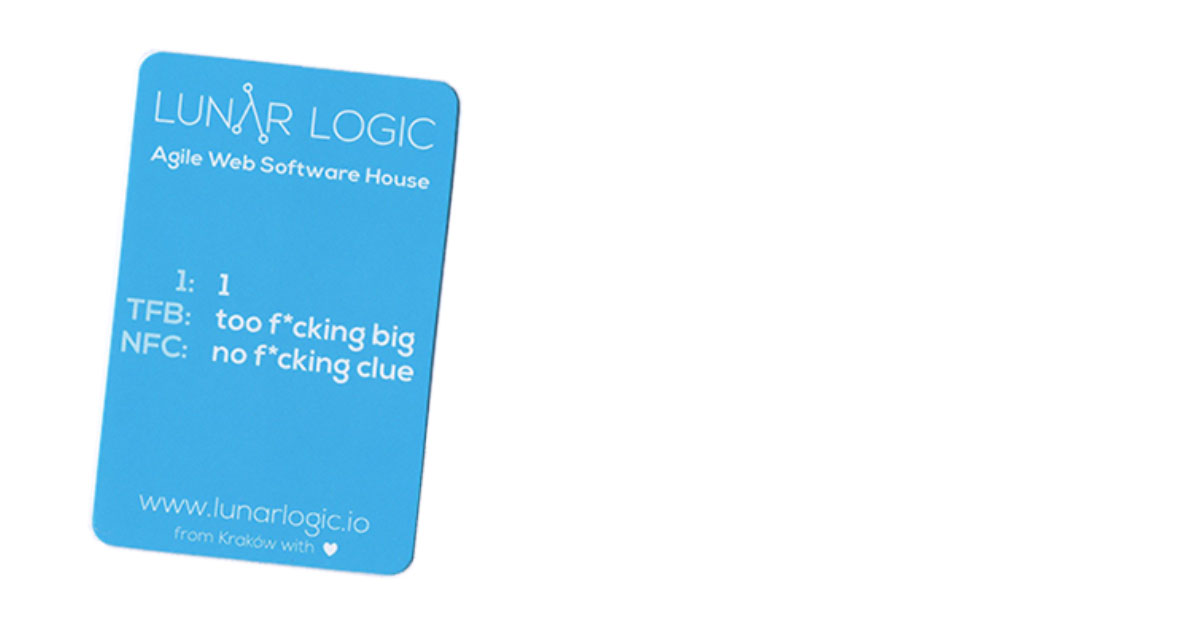
when it comes to how to practice SAFe as well as how to implement it, we prefer to consider it a very useful but flexible/incomplete structure that requires well-trained and experienced practitioners to successfully apply, and that’s a key design principle for our Implementing SAFe workshops where we train future SPCs
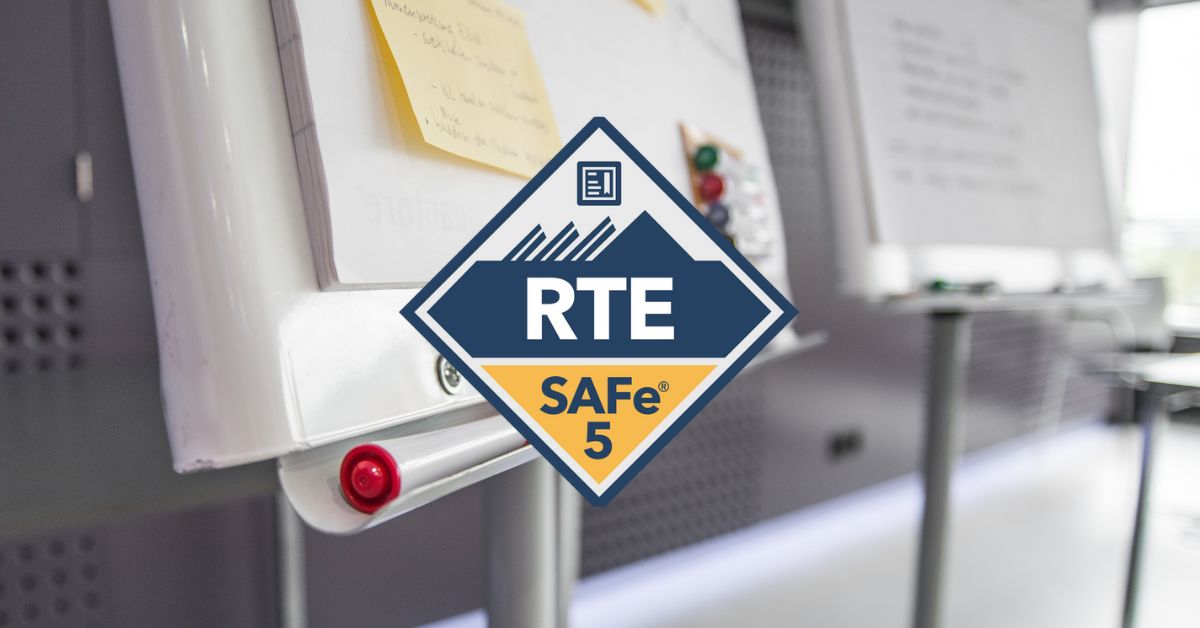
In the scaled Agile framework, one key role is the Release Train Engineer (RTE). But who should I look for to fill this role? What are the first few process improvements experienced RTEs typically do? Yuval Yeret (AgileSparks) and Mattias Skarin (Crisp) took the time to discuss the traits of a good RTE.
What are the traits of a good RTE?
Yuval: The easy answer to this question is that you are looking for a Scrum master for a team of teams. Going beyond that, when it comes to specific traits, you are looking for someone who cares about process and improvements, someone who has the ability to orchestrate things. But at the same time, someone who also knows when to step back and let the teams organize themselves. A good RTE is a great communicator and can see and understand what is happening.
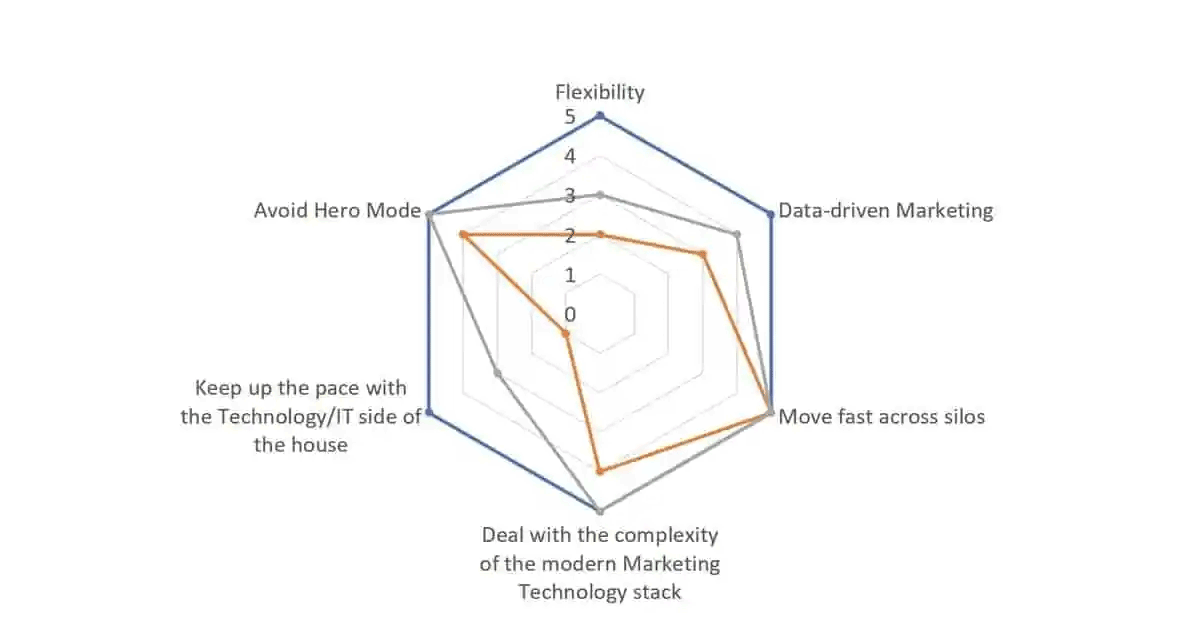
Introduction to the Scaled Agile Marketing Series
More and more Marketing organizations realize they need to be faster, more flexible/responsive, and more collaborative to have a real impact on the business they’re supporting. More and more marketing leaders believe Agile Marketing is how to modernize their organization. Scaled Agile Marketing talks about applying Agile Marketing principles beyond one team and beyond the green fields of the unicorn internet company – in larger marketing organizations that face barriers like marketing to businesses rather than consumers and working not just in the online/digital realm but also the physical world.
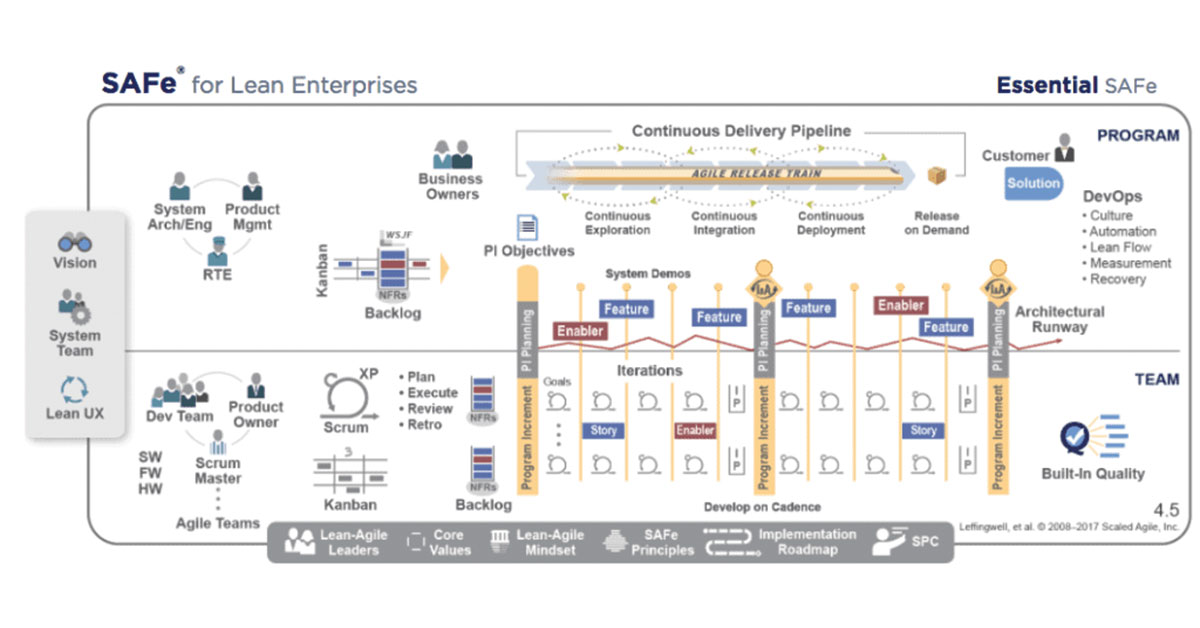
Focusing on SAFe™
In the previous article in the Scaled Agile Marketing series, I provided an overview of how Scaled Agile Marketing looks like. This time around I want to provide some more details on one of the approaches I mentioned for implementing Scaled Agile Marketing – the Scaled Agile Framework (SAFe™).
Why SAFe? First of all, it is the most popular scaling approach these days and so many marketers will find themselves in organizations where SAFe is actually used in IT/Technology and the option of using it in Marketing as well will come up. As a result of that, it is also the scaling framework I’ve actually had a chance to use in a marketing context with good results.